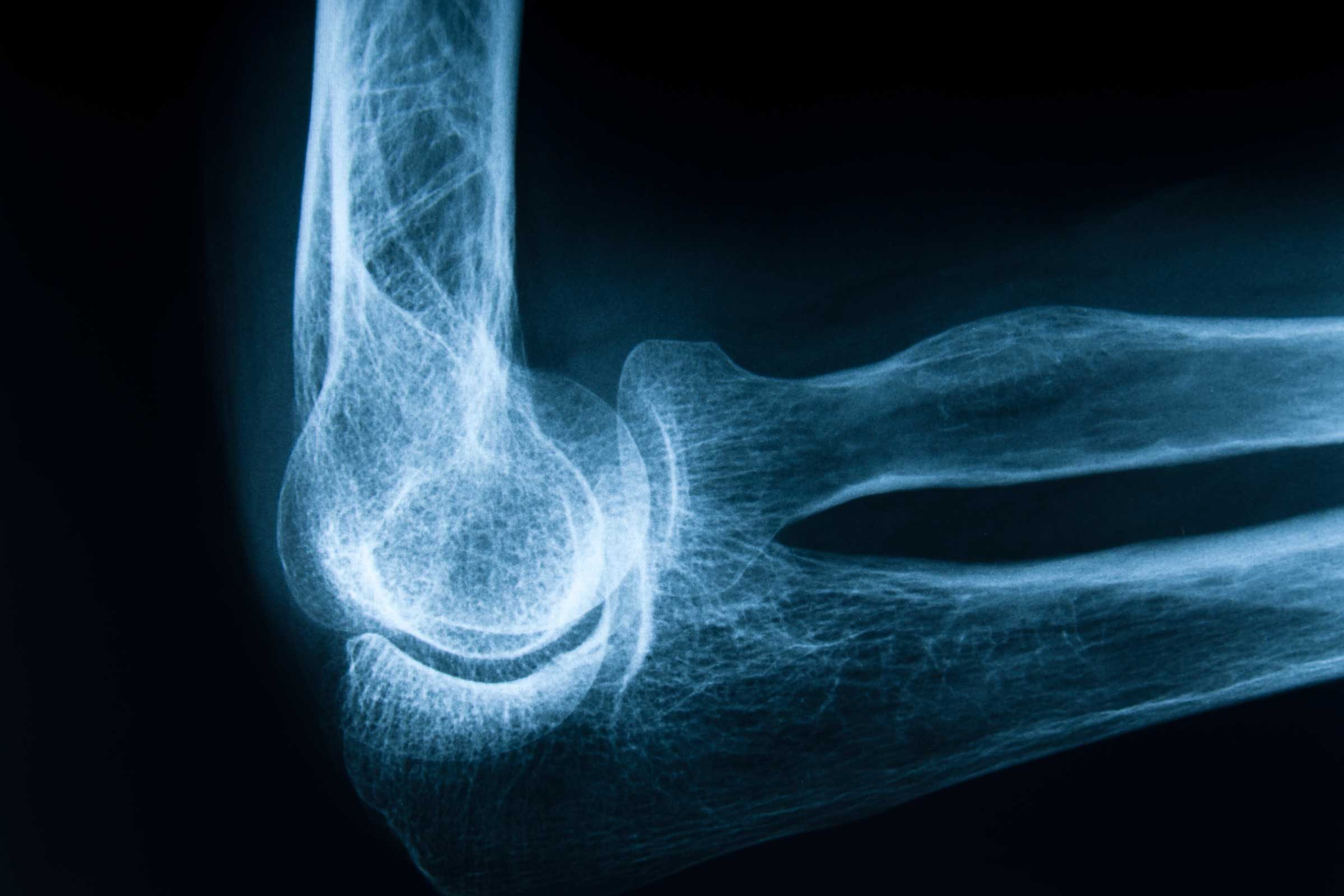
What is osteoporosis?
Rightly called a silent disease, osteoporosis is a bone disease that is impossible to feel. The disease causes the body to lose too much bone mass, and often, it doesn’t replace what has been lost. The National Osteoporosis Foundation estimates that one in two women and up to one in four men over age 50 will break a bone due to osteoporosis. Check out these silent signs of osteoporosis and stay informed.

Somehow, you’ve gotten shorter
Do your skirts suddenly seem longer on you? Are your favorite jeans suddenly dragging on your shoes? When a person has osteoporosis, the bones in the spine can easily collapse on each other, and as a result, you could lose more than an inch of height. Gauge your height loss based on your height in your twenties as a guide, says Tamara Vokes, MD, professor of medicine and director of the Osteoporosis & Metabolic Bone Disease Clinic at the University of Chicago. For women, a height loss of one and a half inches could be a sign of osteoperosis. Men who have lost two inches from their twenties height have cause for concern. Avoid these “harmless” habits that increase your risk of osteoporosis.
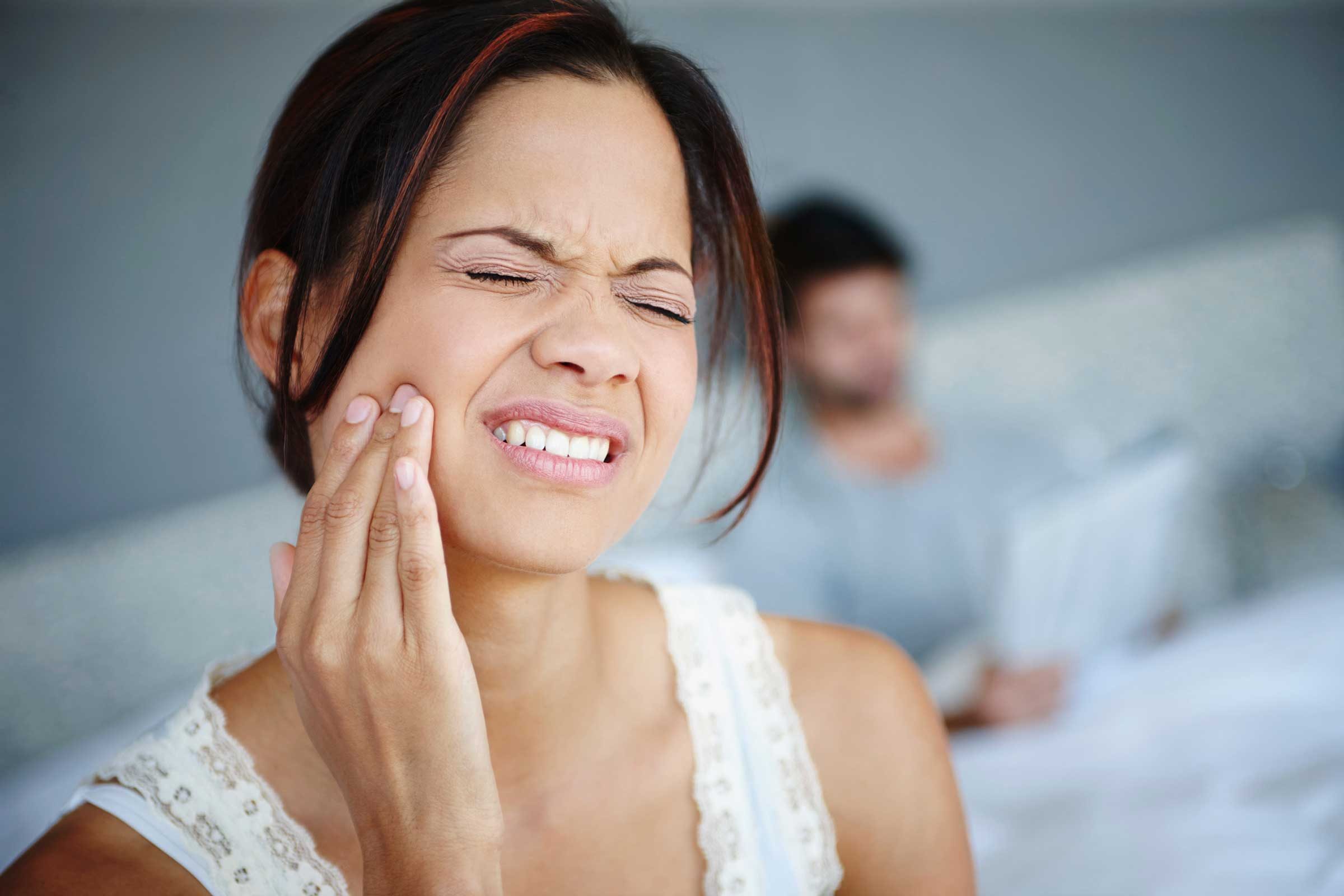
Yikes! You’ve lost teeth
When your jaw bone is weak, teeth can fall out. While losing teeth can be a symptom of osteoporosis, Vokes says it’s not always a definitive sign. If you are losing teeth, talk with your doctor and order a bone density test to determine whether or not osteoporosis is causing your teeth to fall out. Get informed about more bone health issues you should know more about.

Your posture is poor, or you have what is called a “widow’s hump”
When the bones in the spine can’t support the body’s weight, they will curve over, causing what is called a widow’s hump. More than just bad posture, the widow’s hump is more pronounced. It is a telltale sign that the bones in the spine are weak.
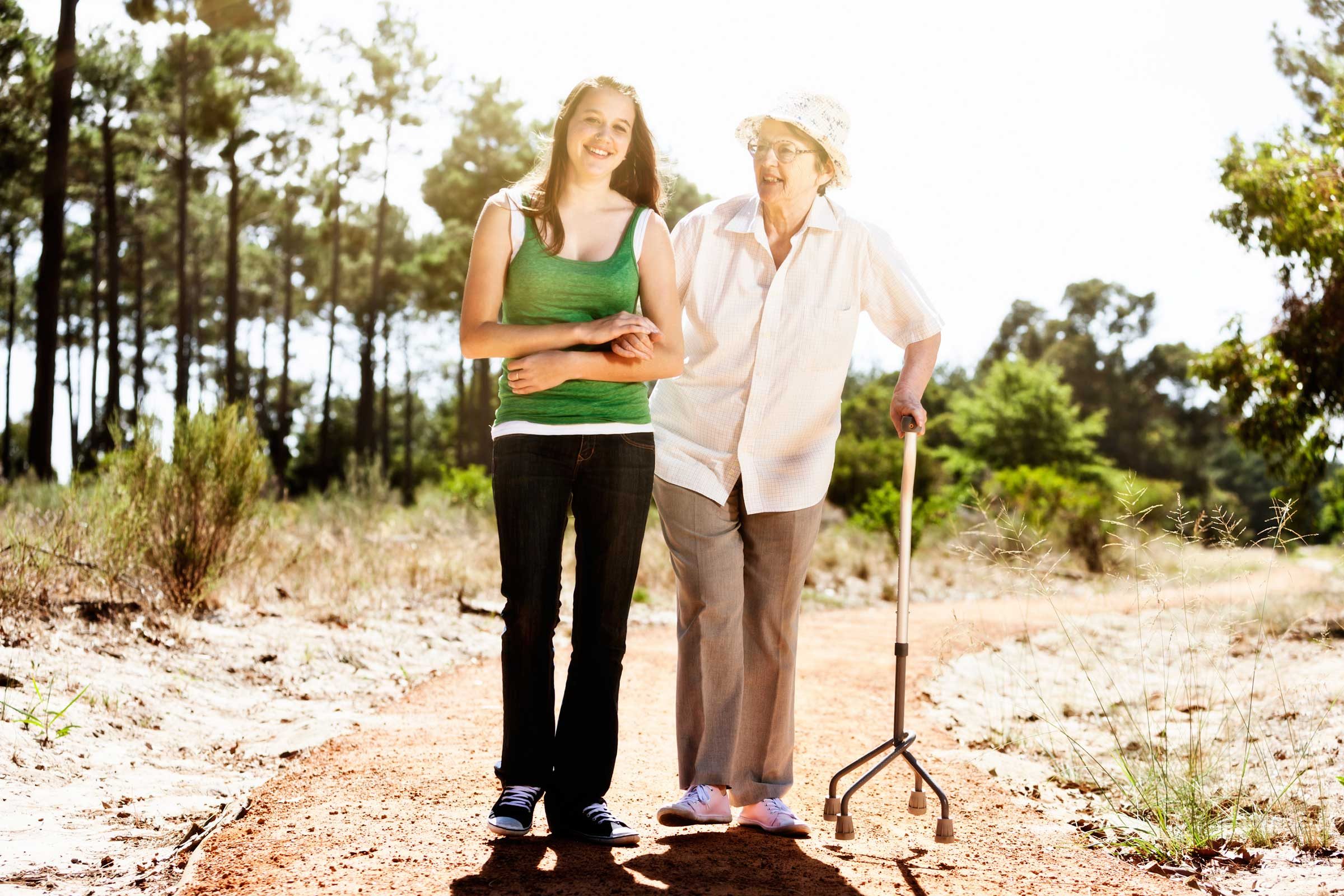
A close family member has osteoporosis
If someone in your immediate family has osteoporosis, then you may be predisposed to the disease. “Definitely genetics play a big role, but it depends on a lot of factors,” Dr. Vokes says. Other risk factors include gender, race, menopausal status, and body weight. If you know your immediate family has a history of the disease, Dr. Vokes recommends having a bone density screening as early as possible to detect early signs of osteoporosis. Your physician may recommend dietary changes as well as medication, calcium supplements, and exercise regimens.
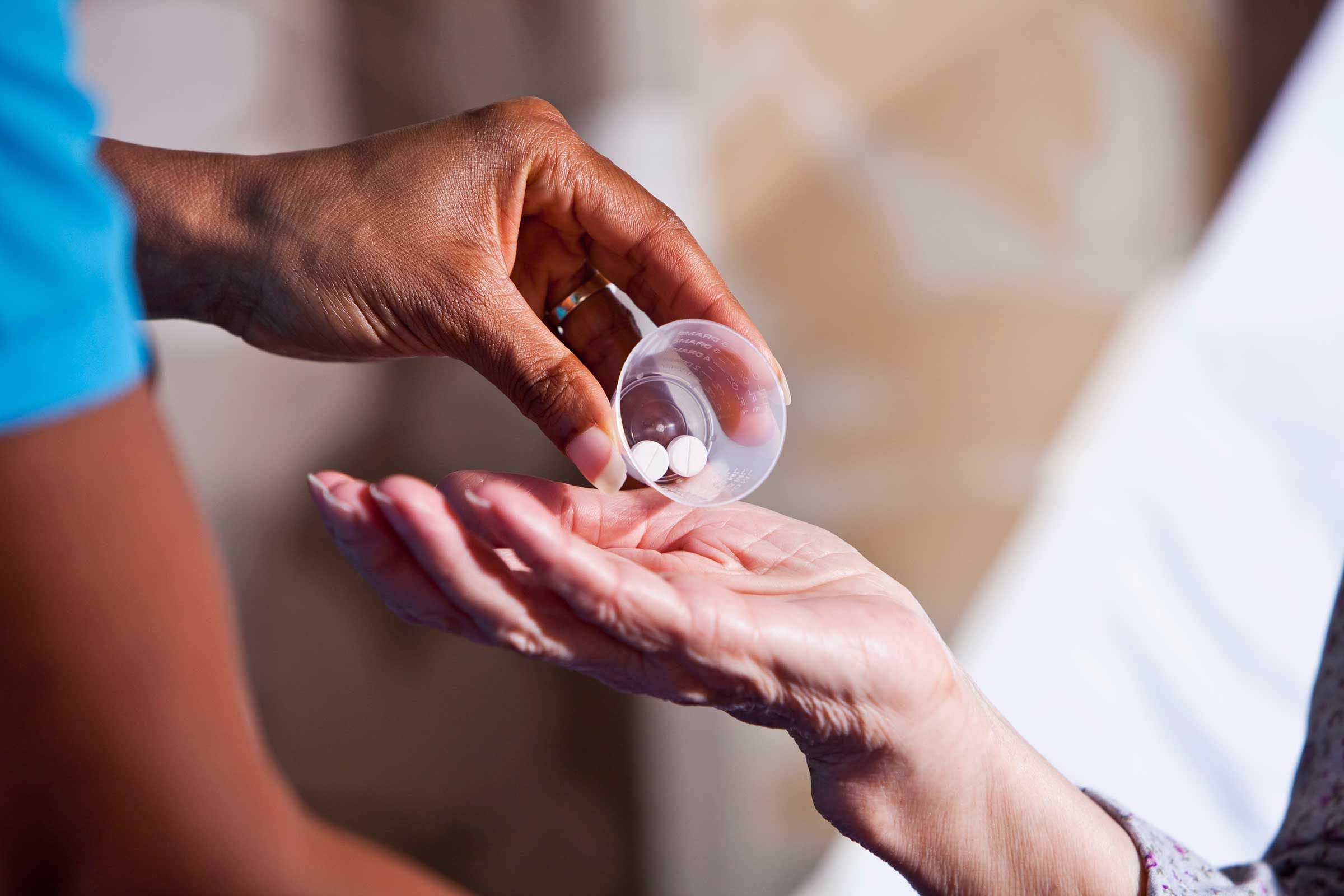
You’ve been told you have low bone density
Sometimes called osteopenia, low bone density simply means that your bone density—the amount of calcium and minerals packed into your bones—is lower than average. This, however, does not mean that you will develop osteoporosis. That’s what Dr. Vokes says can be so difficult about osteoporosis. It truly is silent. “It gives you no symptoms except that the bones are more fragile and may fracture,” she said. If you do have low bone density, Dr. Vokes suggests getting regular bone density tests to catch osteoporosis before a fracture occurs. Some medications, she adds, can also slow the progression of bone loss. You could also try these 30 ways to increase bone density.
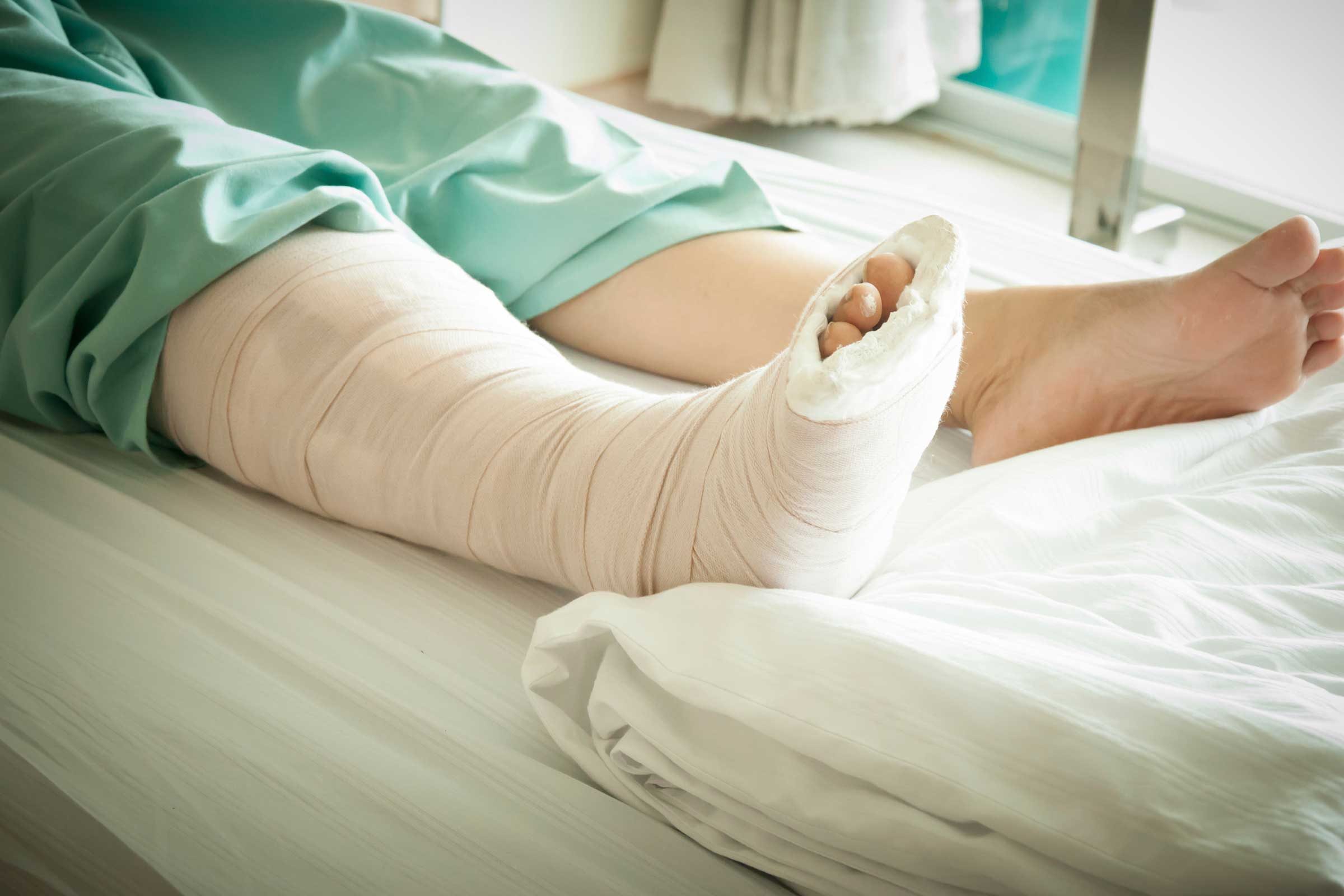
You’ve had fractures for minor problems
If you were to jump off a cliff, there’s a good chance you might break a bone or two (or all of them). If you were to trip on the sidewalk, you probably wouldn’t break any bones, unless you have osteoporosis. People with osteoporosis can fracture a bone by falling from a standing height. “If you have a fracture, that often means that the bones are weak,” Dr. Vokes says. A wrist, hip, or back fracture from a mild trauma should send you straight to the physician’s office to check for signs of osteroperosis. Check out these 40 ways to slash your risk of osteoporosis.